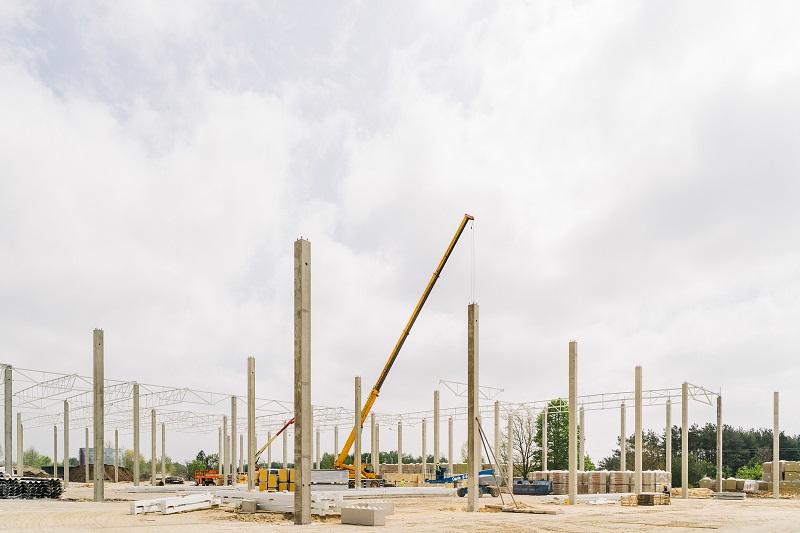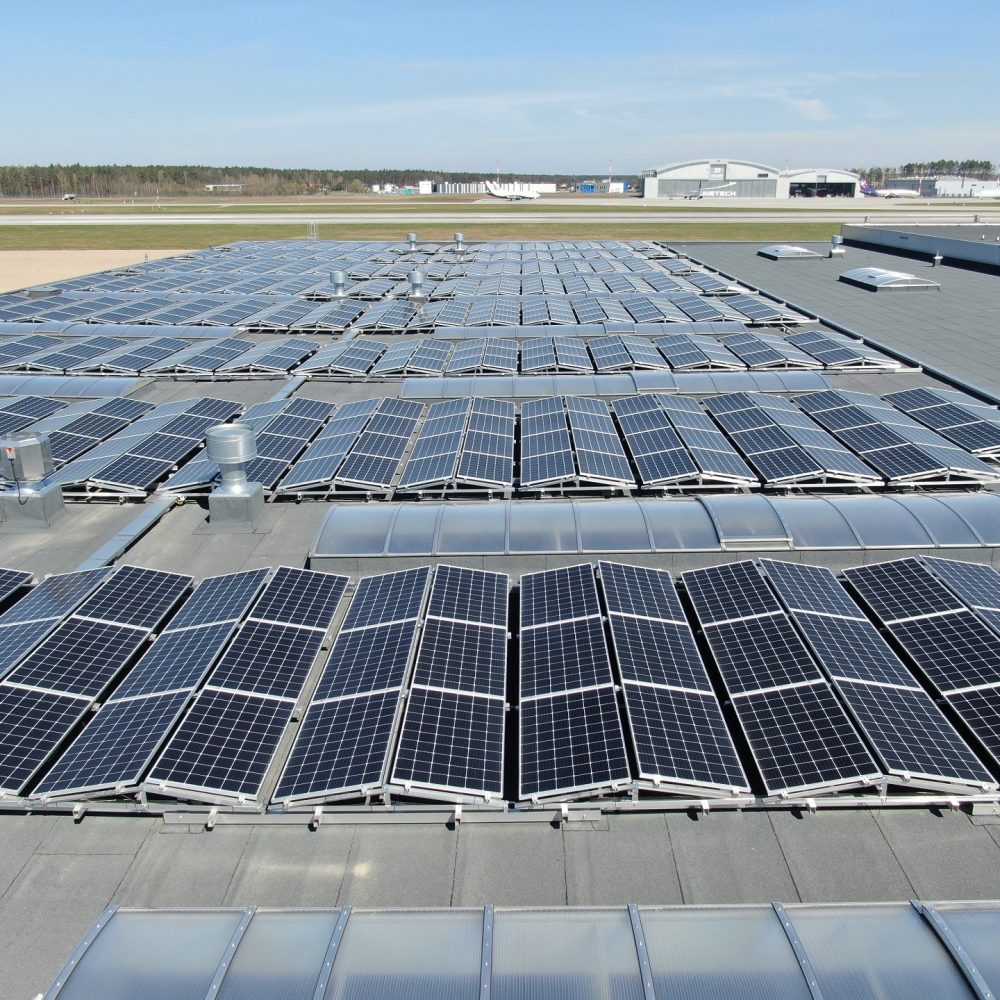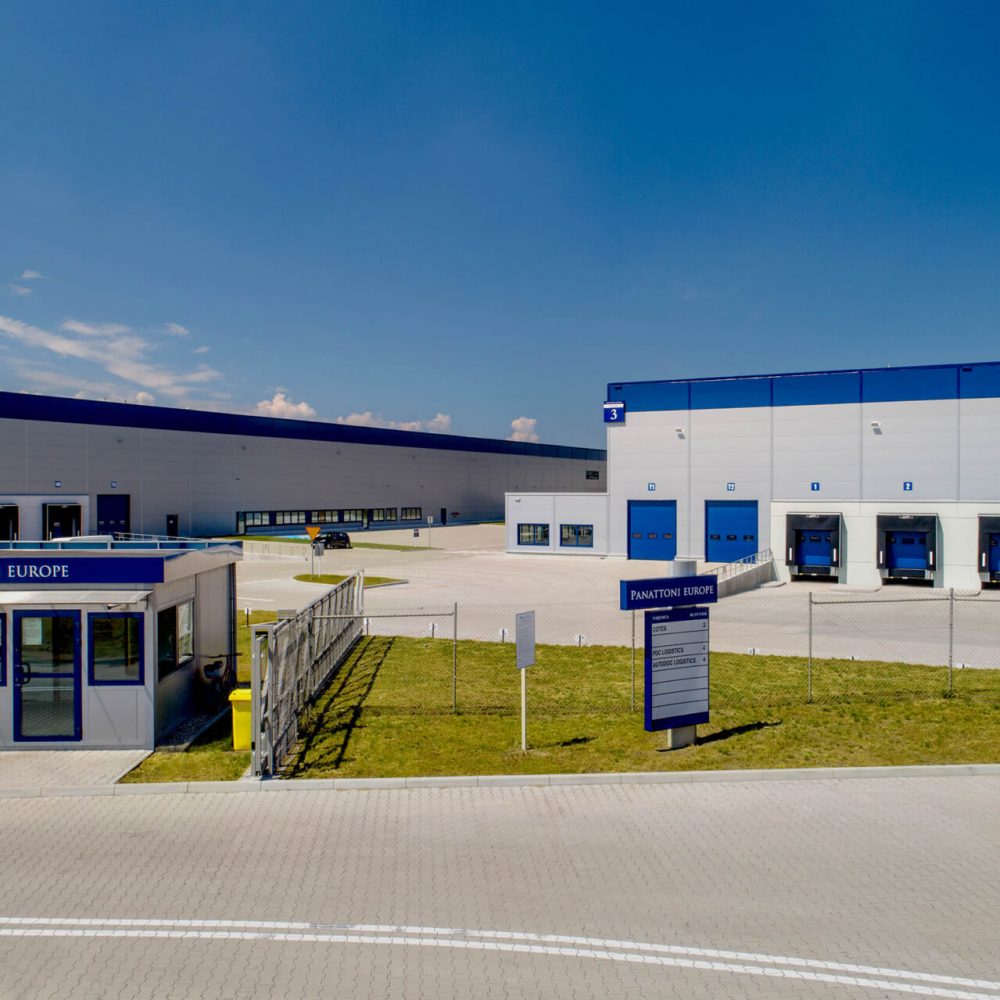
The construction of a hall is a complex and time-consuming undertaking that requires efficient coordination of activities at every stage. It is important to note that the steel hall construction time covered in this article is counted from the moment we enter the site with equipment and an approved building permit. So what are some of the factors that influence the time it takes to complete such a task?
Building a hall – what influences completion times the most?
It is clear that steel halls with a larger surface area will take longer to build. This is due to the greater number of steel and concrete elements that need to be manufactured and assembled correctly and safely.
One of the key factors influencing the construction time of a steel hall is the construction technology used by the designer for the foundations and load-bearing elements (columns, beams, purlins). When designing the foundations, there is a choice between monolithic construction ( poured on site) or precast elements (prefabricated in a factory). If the first option is chosen, the time required for the concrete to reach full strength must be included in the schedule. This is normally around 28 days. If precast foundations are used, this must be included in the design and schedule by ordering their manufacture well in advance. Nowadays, due to fire safety requirements, the main load-bearing structure, i.e. columns and floor beams, is made of reinforced concrete (precast), while the roof structure (beams, purlins and bracing) is made of steel.

Building the hall on ground that does not have adequate load-bearing capacity will increase the time required for site work. This is due to the extra time needed to compact the soil, to make the sleepers and even to use piling techniques to break through to the deeper bearing soils. The presence of groundwater can also be a factor in extending construction times. Dewatering the excavation for construction will incur costs and require adjustments to the schedule.
The assembly of the precast steel elements, which are bolted together on site, is the next stage in the construction of a steel hall and will affect the construction time of the hall. Attention to the precise positioning of the fixing holes in the drawing documentation is a key issue here. This is why the role of the design reviewer is so important. Drawing errors, collisions or missing holes in shipping components that are discovered during assembly require time for additional drilling or assembly welding.
The erection of a structure is closely linked to weather conditions, which can also have a direct impact on the pace of building a steel hall. Prolonged rain or snowfall, strong gusts of wind, low temperatures below -20°C can slow down or prevent concrete work or erection altogether. For example, the construction of a steel-framed industrial building is prohibited in winds of more than 10 m/s, as is concrete work at very low temperatures. In the event of heavy icing on the structure, particular attention should be paid to the health and safety of the erection crew.
The dimensions of the individual transport elements (columns, beams, transoms, purlins, girders) or the dimensions of the equipment to be used in the hall (motors, turbines, conveyor belt elements, conveyors) have an influence on the construction of the steel hall. Oversized transport (the dimensions of the loaded vehicle exceed 16.5 m in length, 4 m in height, 2.5 m in width or 42 tonnes in total weight) requires complex and elaborate logistics. The itinerary must be carefully planned (taking into account the type of transport, road widths and viaduct heights), and the relevant authorities, institutions, guards and police must be involved. Special permits must be obtained in advance from the relevant authorities to enable the transport to take place. Of course, the above issues may cause the hall to take longer to build than originally planned.
A steel hall is a building with an envelope that acts as thermal and sound insulation. Building a hall with the ‘old’ type of cladding, i.e. one that consists of an inner layer (usually trapezoidal sheet metal), an inner insulating layer (mineral wool) and an outer layer (sheet metal again), where all these layers are made one after the other on the building site, definitely increases the duration of this construction phase. Therefore, the use of proven solutions in the form of modular sandwich panels reduces the duration of this stage.
How long does it take to build a steel hall?
The construction of a steel hall that:\
- is ergonomic and economical to use
- is sufficiently soundproofed,
- is environmentally friendly, ensuring minimum heat loss
- is resistant to weather conditions (snow, wind, ice)
- has room for future expansion,
- meets the most stringent fire safety requirements
- is optimally designed, light and reliable,
takes on average 6-8 months. This is, of course, an estimate that depends on the many factors mentioned in the previous paragraph.
If you choose Commercecon as your general contractor, you can be sure that we will build a hall of the highest standard with the above-mentioned parameters. At Commercecon, it takes us 6-7 months to build a steel hall of several thousand square metres.
Building a hall – how to prepare the project?



